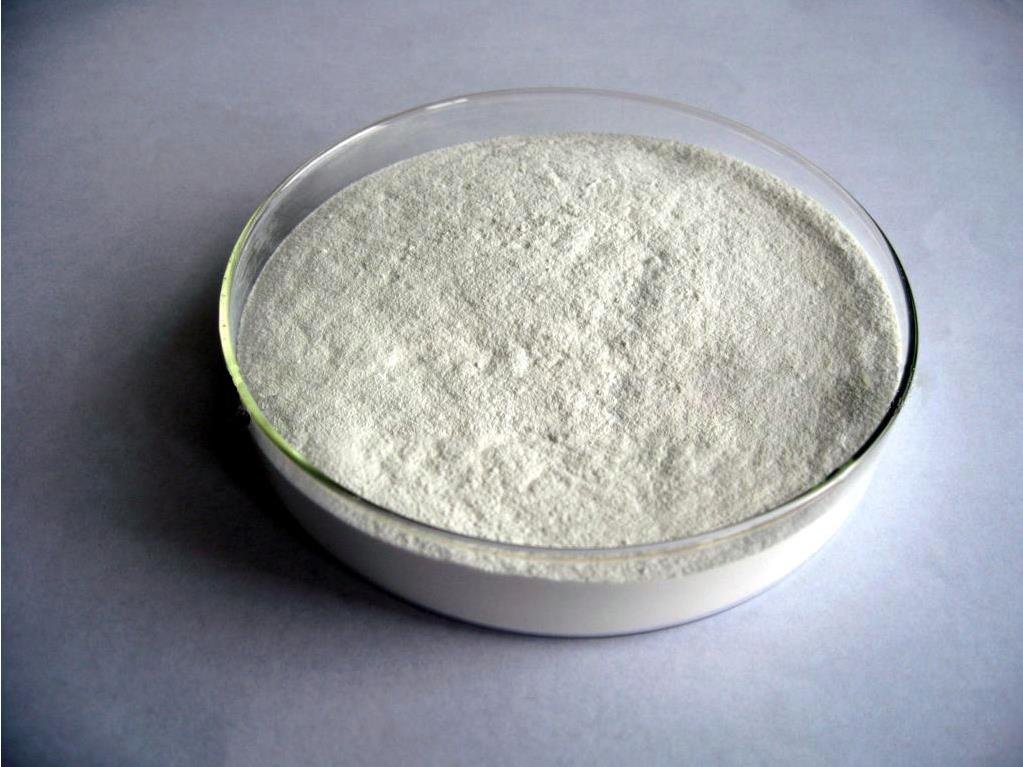Introduction:
Kannada food blogs are like a treasure trove for food lovers who want to explore the rich culinary heritage of Karnataka. From the comforting flavors of Bisi Bele Bath to the savory crunch of Mysore Pak, these blogs offer an authentic taste of Karnataka’s food culture right at your fingertips. Whether you’re looking for traditional recipes passed down through generations or modern twists on classic dishes, Kannada food bloggers are here to guide you through every spice and flavor.
In this blog post, we’ll dive into the vibrant world of Kannada food blogs—why they’re worth your time, which ones you should bookmark, and how they can inspire your next meal. By the end of this post, you’ll be craving a plate of steaming idlis with coconut chutney! Let’s dig in.
What Makes Kannada Food Unique?
Karnataka’s cuisine is diverse, and its rich flavors are influenced by the different regions of the state. The coastal areas favor spicy seafood, the northern parts of Karnataka indulge in rotti (millet flatbreads) and curries, while the southern regions are known for their love of rice-based dishes like dosa and idli.
Kannada food blogs beautifully capture this variety, making them a fantastic resource for both novice and experienced cooks. From step-by-step recipes to stories about local ingredients, these blogs make it easy for you to enjoy authentic Kannada food from the comfort of your home.
Why You Should Follow Kannada Food Blogs
- Authentic Recipes
If you’ve ever tried searching for a recipe online, you know how difficult it can be to find something that feels truly authentic. Kannada food blogs are run by passionate home cooks and professional chefs who share recipes that reflect the true essence of Karnataka’s cuisine. No shortcuts—just real, home-cooked flavors! - Cultural Insights
Many Kannada food bloggers don’t just stop at recipes. They share the stories behind the dishes—whether it’s a festival that calls for a particular sweet treat or a traditional technique passed down from their grandmother. By following these blogs, you also get a slice of Karnataka’s cultural heritage along with delicious meals. - Simple and Accessible Ingredients
The recipes on Kannada food blogs are often tailored for the everyday cook. They use ingredients that are easy to find in Indian grocery stores or your local supermarket. This means you don’t have to hunt down rare spices or equipment to make an authentic Kannada meal. - Healthy and Traditional Alternatives
With the growing trend of healthy eating, many Kannada food blogs have adapted traditional recipes with healthier alternatives. You’ll find recipes that use millet instead of rice, jaggery instead of sugar, and a variety of gluten-free and vegan options.
Top Kannada Food Blogs You Need to Follow
- Swayampaaka
A popular Kannada food blog, Swayampaaka is known for its vegetarian recipes. From everyday dishes like Vangi Bath to elaborate sweets like Holige, this blog has detailed video tutorials, making it easier to recreate these recipes at home. Perfect for vegetarians and health-conscious eaters! - Karnataka Recipes
This blog is a go-to for anyone looking to explore the wide variety of dishes Karnataka has to offer. From spicy Udupi cuisine to the earthy flavors of North Karnataka, this blog covers everything. The step-by-step photos help a lot when you’re trying out a new recipe for the first time. - Veg Recipes of Karnataka
If you’re a vegetarian or simply looking for plant-based recipes, this blog should be on your list. It’s dedicated to traditional, home-style recipes with a focus on vegetables and grains. Their Saaru (a type of rasam) is legendary! - Sampradaya Adige
For those who love food with a story, Sampradaya Adige combines authentic Kannada recipes with the history and traditions behind them. Learn about the origins of Ragi Mudde or the importance of Obbattu during festivals while you cook.
How Kannada Food Blogs Can Inspire Your Cooking
If you’re bored with the same old recipes or want to impress your family with something different, Kannada food blogs offer a world of inspiration. Here’s how:
- Learn New Cooking Techniques: Many traditional recipes involve unique techniques, such as fermenting dosa batter or tempering spices in oil. Kannada food bloggers often share these tips, making it easier for you to master these methods.
- Experiment with Flavors: Kannada cuisine uses a variety of spices and ingredients that you may not find in other cuisines. Think tamarind, coconut, mustard seeds, and curry leaves. By trying out recipes from Kannada food blogs, you can expand your flavor palette.
- Celebrate Festivals: Karnataka is home to several colorful festivals, each with its own special foods. Following Kannada food blogs ensures that you have authentic recipes to celebrate occasions like Ugadi, Dasara, or Ganesha Chaturthi.
Conclusion:
In a world filled with food blogs, Kannada food blogs stand out for their rich storytelling, authenticity, and dedication to preserving Karnataka’s culinary heritage. Whether you’re a beginner who wants to learn how to make the perfect Dosa or an expert home cook looking to try something new, these blogs are a great resource. So go ahead—explore the vibrant and flavorful world of Kannada food blogs and bring Karnataka’s kitchen to your home.
FAQs:
1. Are Kannada food blogs only about vegetarian dishes?
Not necessarily. While some Kannada food blogs focus on vegetarian dishes, many also cover non-vegetarian recipes such as Chicken Sukka and Fish Curry from coastal Karnataka.
2. Can I find healthy recipes on Kannada food blogs?
Yes! Many Kannada food bloggers offer healthier versions of traditional recipes. You’ll find gluten-free, vegan, and low-oil options that still taste amazing.
3. Where can I buy ingredients for Kannada recipes?
Most of the ingredients used in Kannada cooking, like lentils, rice, tamarind, and spices, can be found at Indian grocery stores or even online. You might already have many of them in your pantry!
4. Are these blogs beginner-friendly?
Absolutely. Most Kannada food blogs offer detailed, step-by-step instructions along with helpful photos or videos, making them easy to follow even for beginners.
5. Do Kannada food bloggers share festival-specific recipes?
Yes! You can find special recipes for festivals like Ugadi, Deepavali, and Ganesh Chaturthi on many Kannada food blogs.










